Visit Cortona, Tuscany's hilltop gem with Etruscan roots, Renaissance art, and stunning Val di Chiana views, as seen in 'Under the Tuscan Sun'.
Read more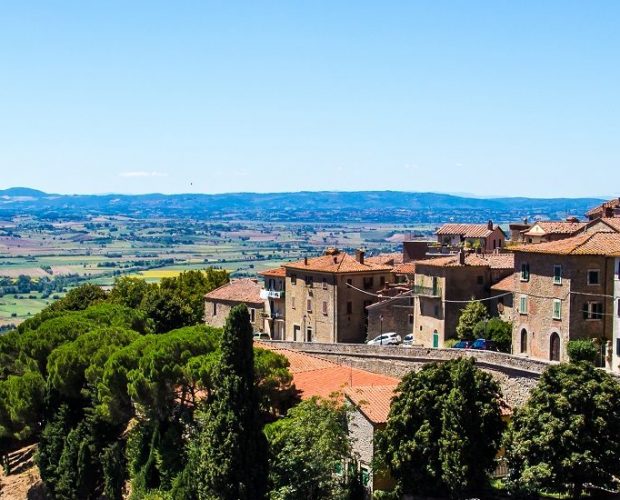
EXPLORE ALL OUR TUSCANY WINE REGION GUIDES
Last updated: May 4, 2024
Italy’s most iconic—and internationally renowned—region has two sides. The cities and landscapes best known to visitors, such as Florence, Siena, the rolling hills of Chianti Classico, and the impossibly cute villages of Cortona, Lucca, and Pienza, represent one aspect. Meanwhile, the wines of Brunello, Bolgheri, and Montepulciano are as famous in wine circles as the Leaning Tower of Pisa or Rome’s Colosseum. There is little to be said that has not been covered before.
Yet, not everything about Tuscany is predictable or instantly familiar. The vineyards of Carmignano, for example, remain a closely guarded secret that even most Italians are unaware of. Situated 12 kilometers to the northwest of Florence, the region competes with Montecucco for the title of central Italy’s most obscure appellation; the wines were marketed as Chianti Montalbano until the 1970s, bottled in the signature straw baskets known as fiaschi. However, after years of campaigning by local growers, Carmignano was awarded its own DOC in 1975. Further promotion to DOCG status in 1990 was richly deserved: these velvety Sangiovese-based reds offer an exciting alternative to Chianti Classico while prices remain stable overall.
Historical documentation suggests that viticulture has been part of the local economy since at least the 14th century. However, the Etruscans probably cultivated the first vines in the pre-Roman era. Suffice it to say, fame and fortune have yet to grace this very recherché corner of central Tuscany. From our perspective, Carmignano is all the more worthy of serious investigation!
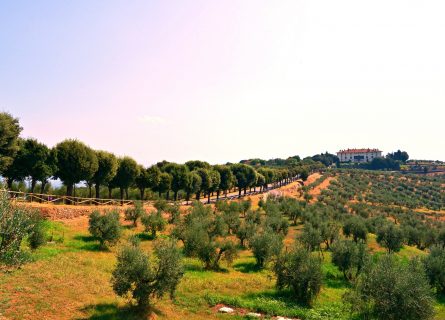
The undulating vineyards of Carmignano resemble the hills between Florence and Siena, a destination that many consider to be the most stunningly beautiful in Italy. But, you’ll get far more peace and quiet in the villages of Poggio a Caiano and Carmignano, where mass tourism has yet to disrupt the pace of life in this bucolic region. Nevertheless, the scenery is just as profound – a list of Tuscan cliches that include cypresses (of course!), olive groves, vines, gentle inclines, and family-run estates. Today, there are approximately 150 hectares under vine in the appellation, planted on the eastern slopes of the Monte Albano mountain range. This relatively small enclave northwest of Florence has been in the wine business for over two millennia. However, a modest level of recognition has only occurred over the past 25 years.
Carmignano’s Climatic Advantage
Such recognition is long overdue: Carmignano is blessed with a highly favorable position and terroir, located west of Italy’s Apennine mountains. Indeed, while Italy’s Apennine spine imposes strict upper limits on vine-ripening territory, it also helps mitigate the summer heat via diurnal temperature variation ( a temperature difference between day and night) and cool breezes that are a godsend in July and August. However, this is against the backdrop of a very warm Mediterranean climate: summer temperatures can rise above 90°F, and rainfall is very sparse. Fortunately, Carmignano offers exceptional soils, known as galestro, rich in porous limestone. These free-draining terroirs can retain just enough moisture to prevent hydric stress in all but the most torrid of vintages. The proximity of the Tyrrhenian Sea and the Arno are also welcome influences on local viticulture, helping to prevent spring frosts.
But let us turn to the key element: Carmignano’s raw materials. The captivating terrain of central Italy has long been associated with the Sangiovese grape, Chianti, and Montalcino’s signature red variety. It is the most heavily planted grape in the country, producing a broad spectrum of styles ranging from light and acidic to the most voluptuous, rich reds imaginable. However, unlike Chianti Classico and Montalcino, Bordeaux grapes have also been grown in Carmignano since the 16th century – merchants introduced them during the reign of Catherine de Medici. Cabernet Sauvignon and Cabernet Franc remain the region’s two most popular ‘interlopers,’ in addition to smaller amounts of Canaiolo, Malvasia, and Trebbiano. The lower and more protected the vineyard, often south-facing, the riper the flavors will be. Climate change, however, is forcing growers to ascend to ever-higher altitudes in search of freshness and precision in their wines.
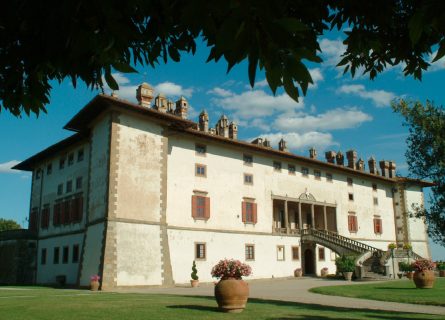
In 1932, Carmignano was officially incorporated into the Chianti Montalbano DOC. These unique wines, produced in a historically protected part of the Tuscan landscape, were subsequently sold anonymously under the Chianti banner – the suffix Montalbano did nothing to augment their reputation or renown. However, Count Ugo Contini Bonacossi, the owner of Capezzana Winery, felt extremely dissatisfied with this state of affairs. His lobbying eventually bore fruit in 1975 when authorities granted Carmignano a standalone appellation. Since 1990, it has operated as a DOCG zone, producing dry reds and a small volume of Vin Santo di Carmignano. But, the former is of real interest to oenophiles today.
Carmignano vs. Chianti Classico
Superficially, winemaking in Carmignano shares a close bond with the norms and practices of Chianti Classico. Both regions use Sangiovese in their wines, (potentially) topped up with smaller amounts of Cabernet Sauvignon and Canaiolo. Moreover, there is a longstanding tradition of maturing wines in neutral barrels in Chianti and Carmignano, typically old Slavonian oak.
But there are key differences as well. The Chianti Classico regulations permit the inclusion of Colorino and Merlot. However, the Carmignano DOCG does not sanction this. Meanwhile, in the hills between Florence and Siena, producers must use a minimum of 80% Sangiovese in every bottle of Chianti Classico; Carmignano does not require more than 50 percent. Thus, one can detect real stylistic variations when tasting these appellations side by side, mainly if the winemaker blends in Cabernet Franc. This flexible variety is not allowed in Chianti Classico. Of course, we should also consider vintage and winemaking variations; however, Carmignano has chewiness and spicy perfume (presumably due to Cabernet Franc) often lacking in Chianti.
Both regions strongly emphasize top-quality fruit, typically fermented in stainless steel or oak vats. Producers have replaced the traditional practice of long extraction and maceration with a gentler approach, which produces fruit-driven wines that can be approached at a young age. According to the DOCG framework, producers must age Carmignano for two years in barrel before release or three years to qualify for Riserva status.

Winemakers in Carmignano, Tuscany’s most obscure (and underrated) red, have long taken a different path than their neighbors in Chianti Classico. And it’s a good thing, too: many Italian Sangiovese can taste remarkably similar—a sappy concoction of cherry fruit, bright acidity, and firm tannins. Yet enthusiasts crave points of difference, not bland uniformity among wine regions or, indeed, nations. Today, winegrowers in Carmignano are intent on keeping those differences alive.
The main cultural divide between Chianti Classico and its smaller competitor revolves around grape varieties and blending decisions.
In the 20th century, varietal choice was one of Tuscany’s most hotly debated issues: were French grapes playing too great a role in Italian winemaking? Traditionalists emphasized Sangiovese more due to its long heritage and affinity with the soils and landscape. In turn, they repudiated the idea that Cabernet Sauvignon and Merlot added much-needed color and concentration to the wines, arguing that they robbed Chianti of its typicité. Nevertheless, plenty of growers saw the addition of Cabernet and Merlot as the panacea for creating richer, fuller wines with a minimum of fuss.
However, attitudes are quite different today. A growing volume of producers eschew international grape varieties in Chianti Classico. At the same time, the Gran Selezione category only permits a maximum of 10% of indigenous red grapes to support Sangiovese in the blend. Certain owners, including Alessandro François (Castello di Querceto), have publicly stated that “international grape varieties, such as Merlot and Cabernet Sauvignon, shouldn’t be used in the Classico Classico blend because, even if in small percentages, they change the wine’s nature.”
Unique Blending Practices and Its Impact
In contrast, Carmignano has a longstanding admiration for Bordeaux grapes that dates back to the 1500s. Its small group of winemakers generally believe that blends give the greatest complexity and that the marriage of Sangiovese and Cabernet Sauvignon/Franc is synergistic. Moreover, the DOCG continues to allow a small percentage of white grapes into the vat, a practice that is outlawed in Chianti Classico. But does this lead to better wines?
In truth, that’s a challenging question to answer. Most Carmignano is undoubtedly distinct from the 100% Sangiovese reds of Chianti and Montalcino: Cabernet Franc brings notes of graphite and bell pepper; white grapes can add freshness and perfume. If you want to broaden your experience of Tuscan flavors with global influences, Carmignano isn’t a bad place to start.
Malvasia Bianca, a historical grape from Greece, now thrives in Sicily and the Aeolian Islands, producing unique sweet wines.
Find out moreExperience Trebbiano Toscano's Renaissance: Aromatic & Fresh Bianco Toscana IGT from Petrolo. The Future of Italian White Wine
Find out moreDiscover Canaiolo: Tuscany's Wine Legacy & the 'Governo' Technique That Rescued Chianti in 19th-century winemaking.
Find out moreDiscover the irresistible allure of Cabernet Sauvignon—a worldwide favorite with robust, dark-bodied flavor. Unleash your wine journey today!
Find out moreCabernet Franc grape is a close relative of Merlot and Cabernet Sauvignon and is the principal blending grape used in Bordeaux.
Find out moreUnearthing Sangiovese: Italy's Ancient Grape with a Complex History. Explore its journey from Etruscans to modern-day excellence.
Find out more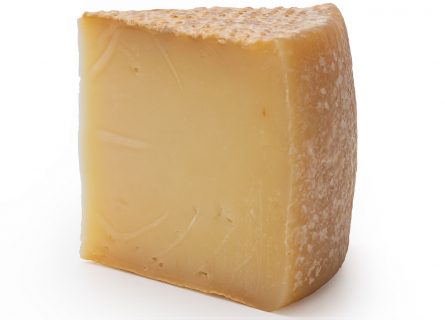
In Carignano, delicious, wholesome cooking thrives as a fact of life: the area’s traditional cuisine and friendly osterie are well-known. Moreover, there is a wealth of high-quality seasonal produce, not least sheep’s milk cheese, chestnuts, porcini mushrooms, and the delectable Chianina beef. Settle in for the night and order a glass of Carmignano Riserva.

Visit Cortona, Tuscany's hilltop gem with Etruscan roots, Renaissance art, and stunning Val di Chiana views, as seen in 'Under the Tuscan Sun'.
Read more
Explore Florence: A Renaissance marvel with stunning art, architecture, and a rich winemaking legacy, in the heart of Tuscany.
Read more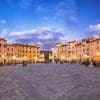
Explore Lucca, a tranquil Tuscan town with 16th-century walls, charming lanes, rich musical history, and picturesque biking trails.
Read more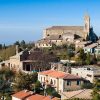
Explore Montalcino's Medieval Charm and Savor Brunello Wine. Discover Italy's Treasured Village on Your Tuscan Journey.
Read more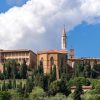
Discover Pienza's Renaissance Charm and Rich History in the Heart of Tuscany's Val d'Orcia. Explore Etruscan Roots, Renaissance Architecture, and Timeless Beauty.
Read more
Discover Pisa's Rich History and La Dolce Vita - Beyond the Leaning Tower. Explore a Cultural Gem in Northern Tuscany.
Read more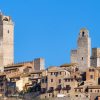
Explore San Gimignano, Tuscany's 'medieval Manhattan', with historic towers, charming streets, fine wines, and a rich, romantic history.
Read more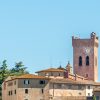
Discover San Miniato, the Tuscan gem: medieval allure, renowned truffle festival, diverse cultural theater, and panoramic valley views.
Read more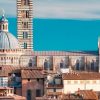
Discover Siena, a Tuscan gem with rich history, stunning medieval architecture, cultural wonders, and proximity to Italy's famous wine regions.
Read more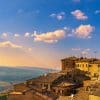
Volterra, 'Little Rome': A Tuscan gem where Etruscan artistry, medieval charm, and Renaissance beauty blend in a picturesque setting.
Read moreIf you would like us to customize an exclusive luxury tour, contact us and let us know your travel plans. We offer luxury food and wine tours for private groups of a minimum two guests. In addition, all of our private, chauffeured tours are available year-round upon request.

